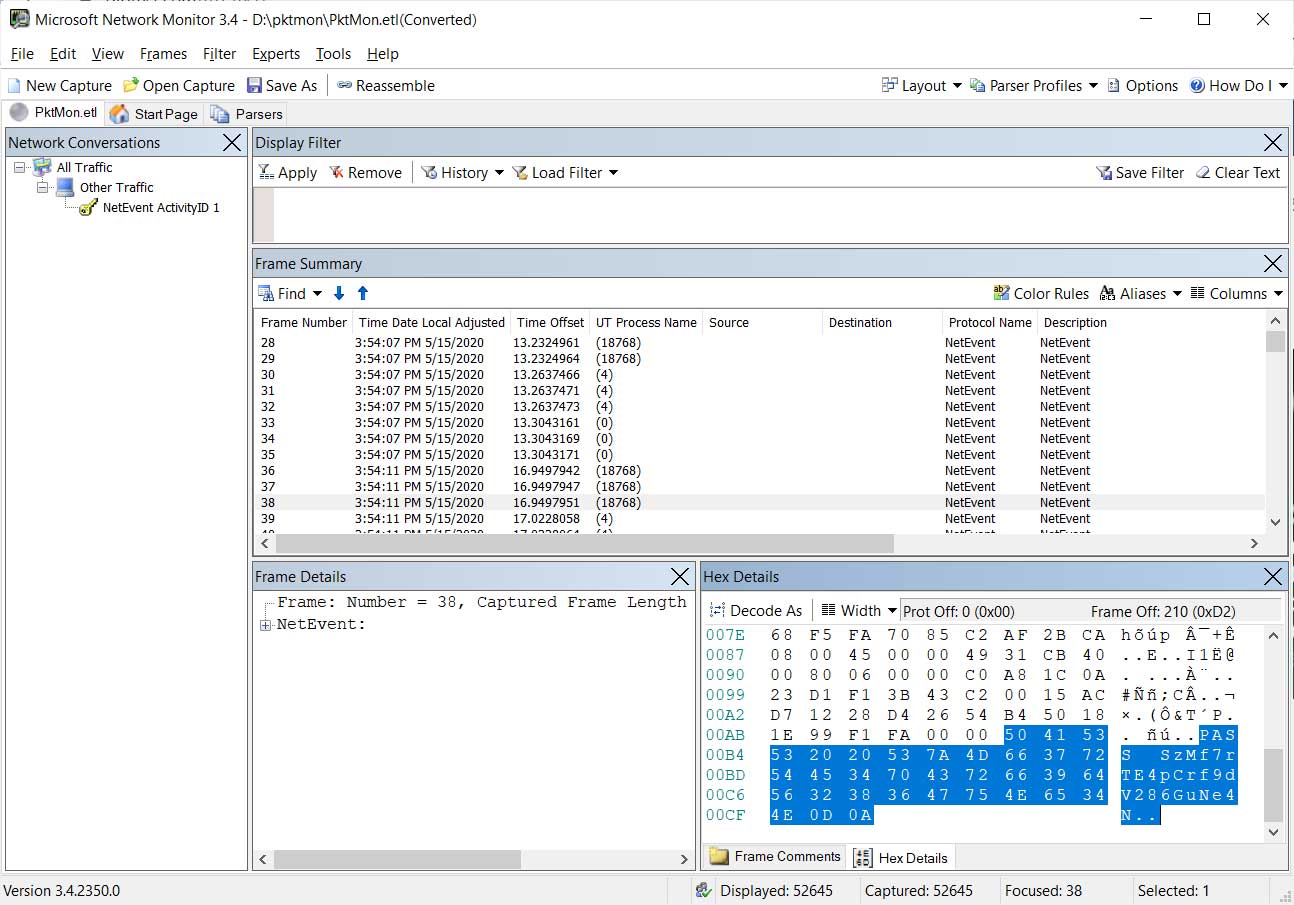

The use-case is straightforward: we are going to develop a RESTful service using FastAPI framework and configure the actuators in the service using the Pyctuator module. In a nutshell, SpringBootAdmin provides a nice dashboard for all the actuator endpoints in one place.

That’s where you can use SpringBootAdmin to manage and monitor applications. And if we have many services and each one of them has its own actuator endpoints, this makes monitoring even more difficult. It would be pretty tedious to invoke each one of them individually to check what’s going on within the service. Imagine a service having all these actuators for checking metrics, httptrace, threaddump and so on.
#Python monitor network how to#
I'll also show you how to manage the actuator endpoints using the SpringBootAdmin server. In this article I am going to explain how to monitor applications written in FastAPI using the Pyctuator library. SpringBoot has a number of in-built actuators, and it also allows us to create our own Actuator Endpoint.įor frameworks written in Python like Flask or FastAPI, we can incorporate actuators by integrating a library called Pyctuator. By using actuators, we can gain a lot of information about what’s going on. Actuator endpoints help us monitor our services.


 0 kommentar(er)
0 kommentar(er)
